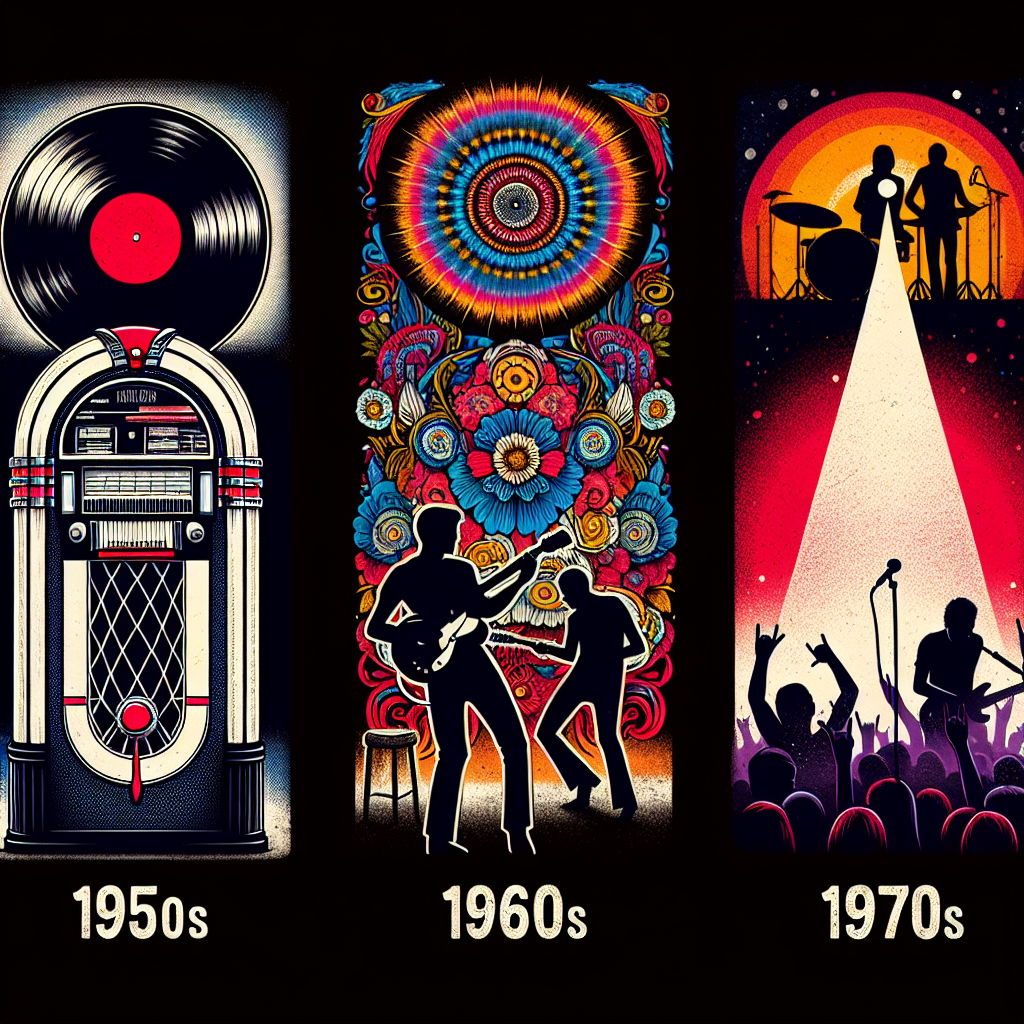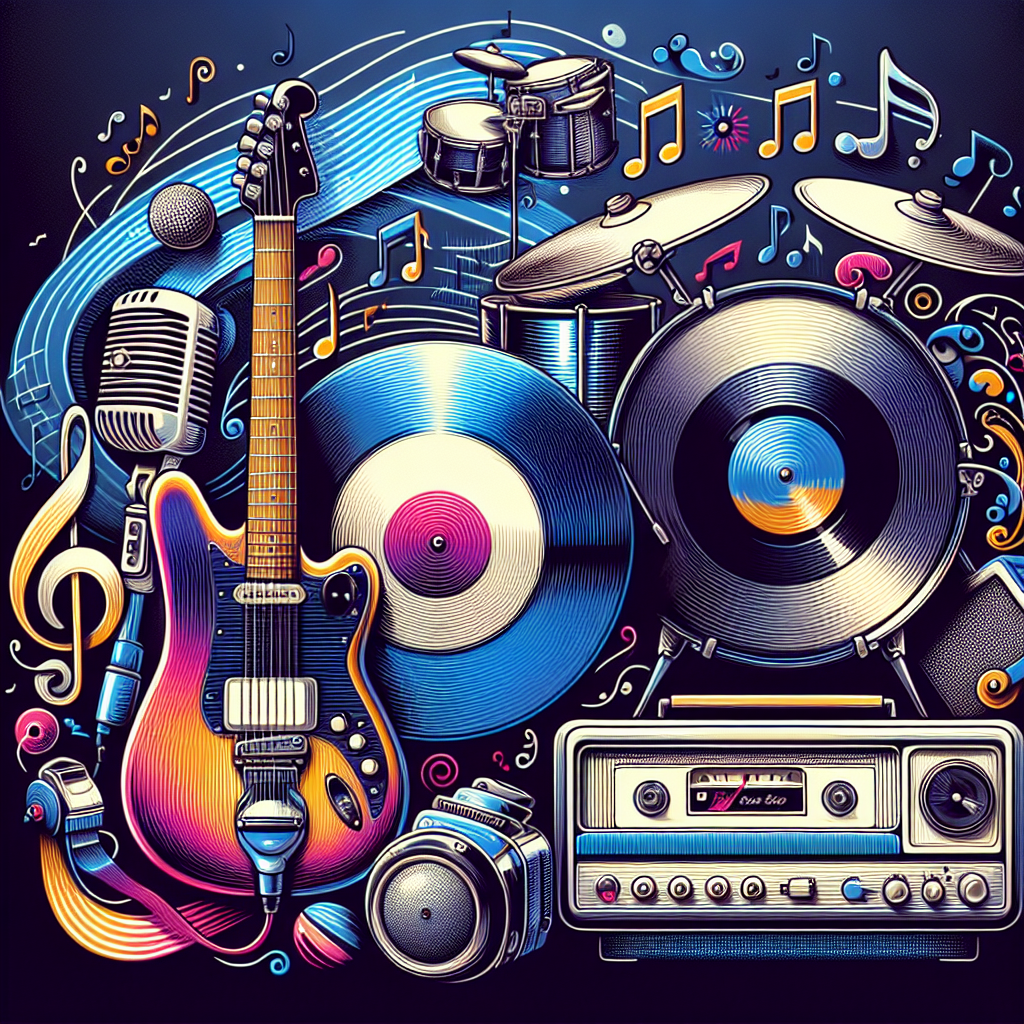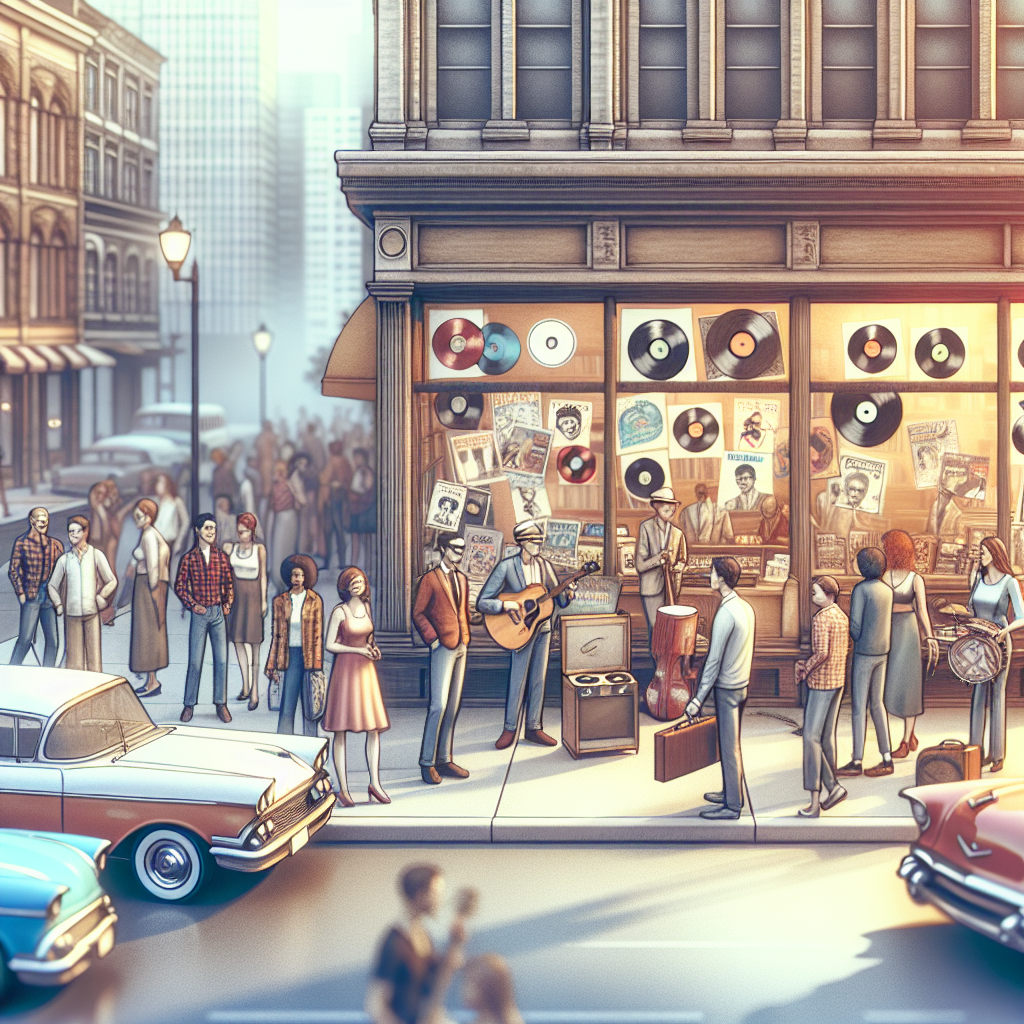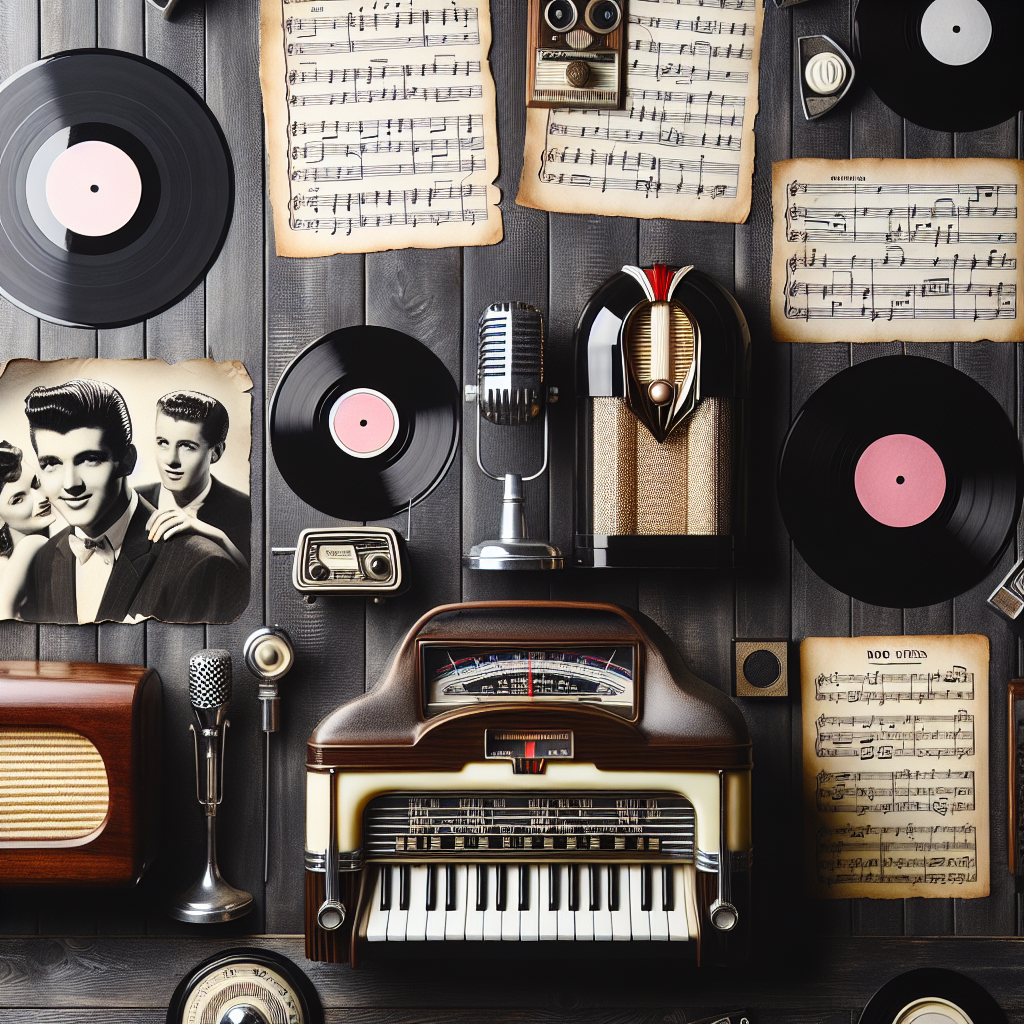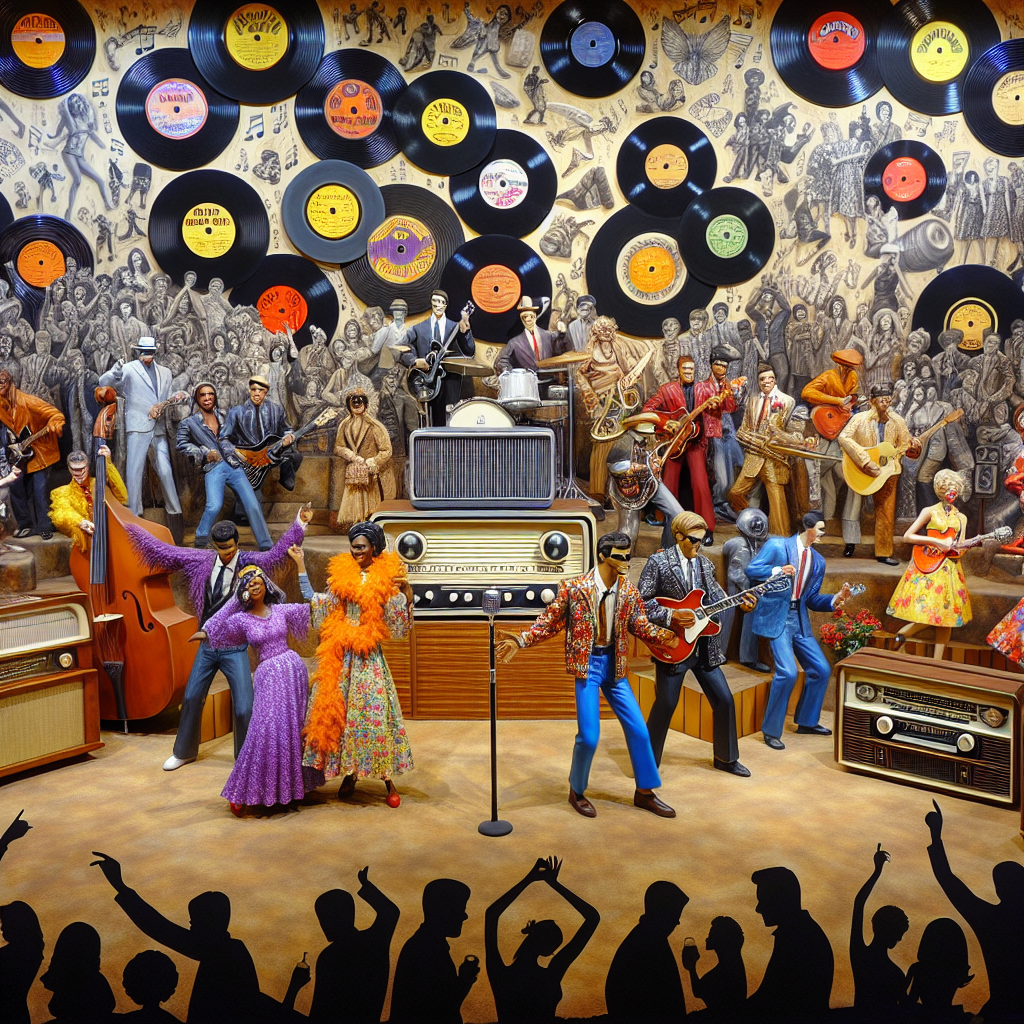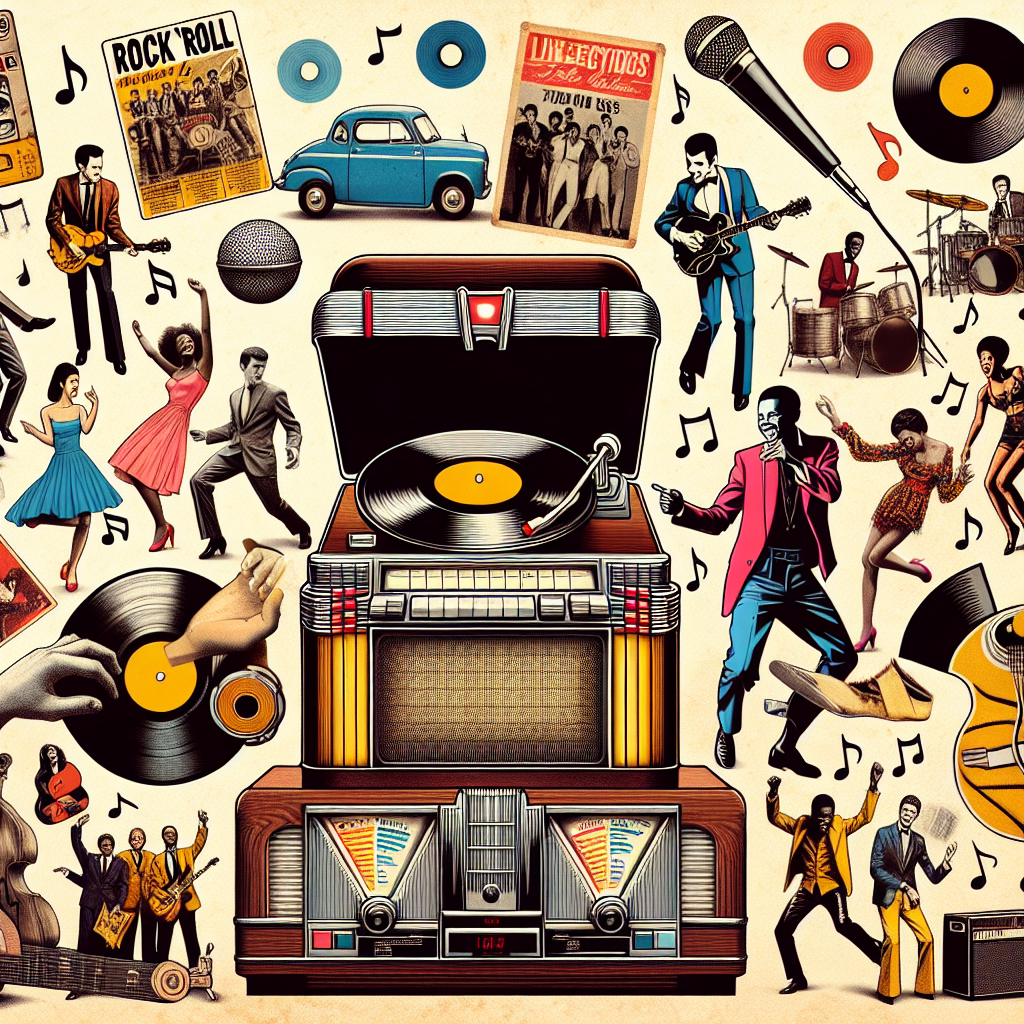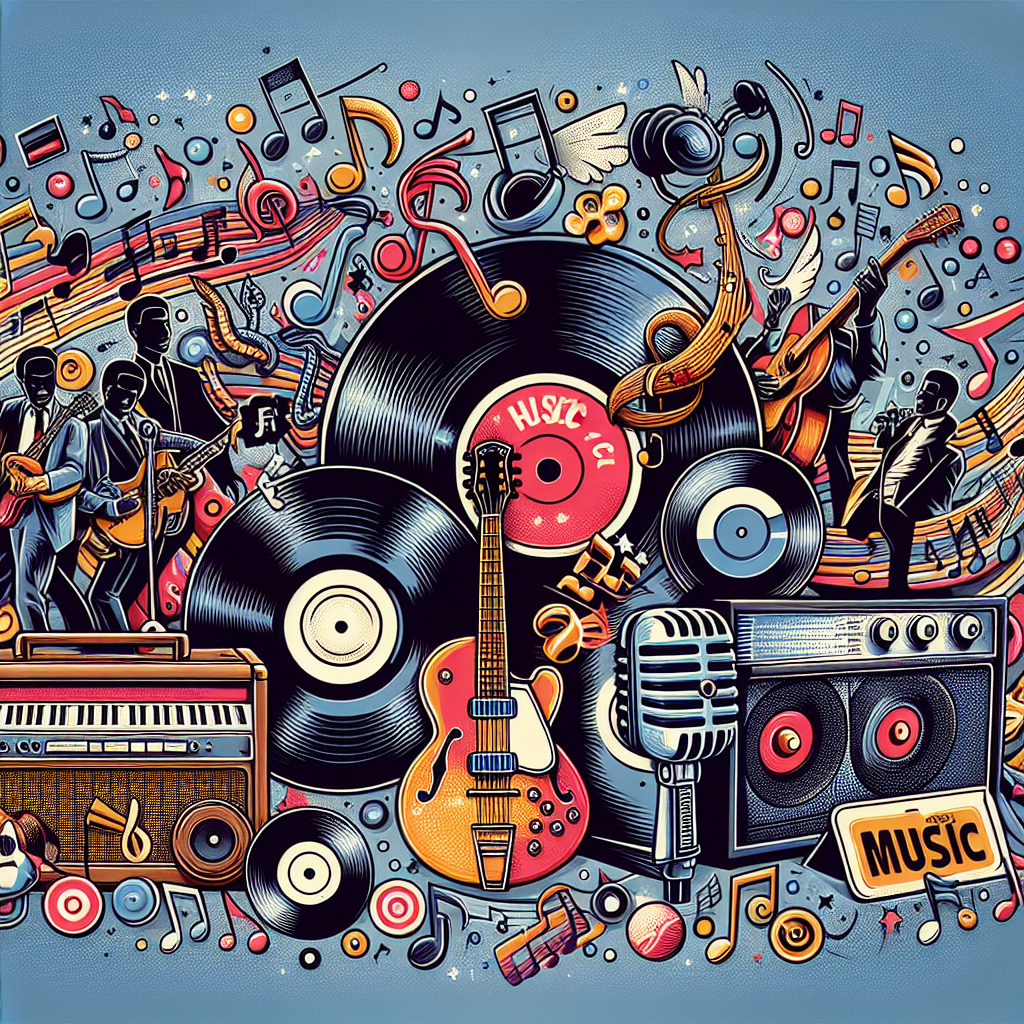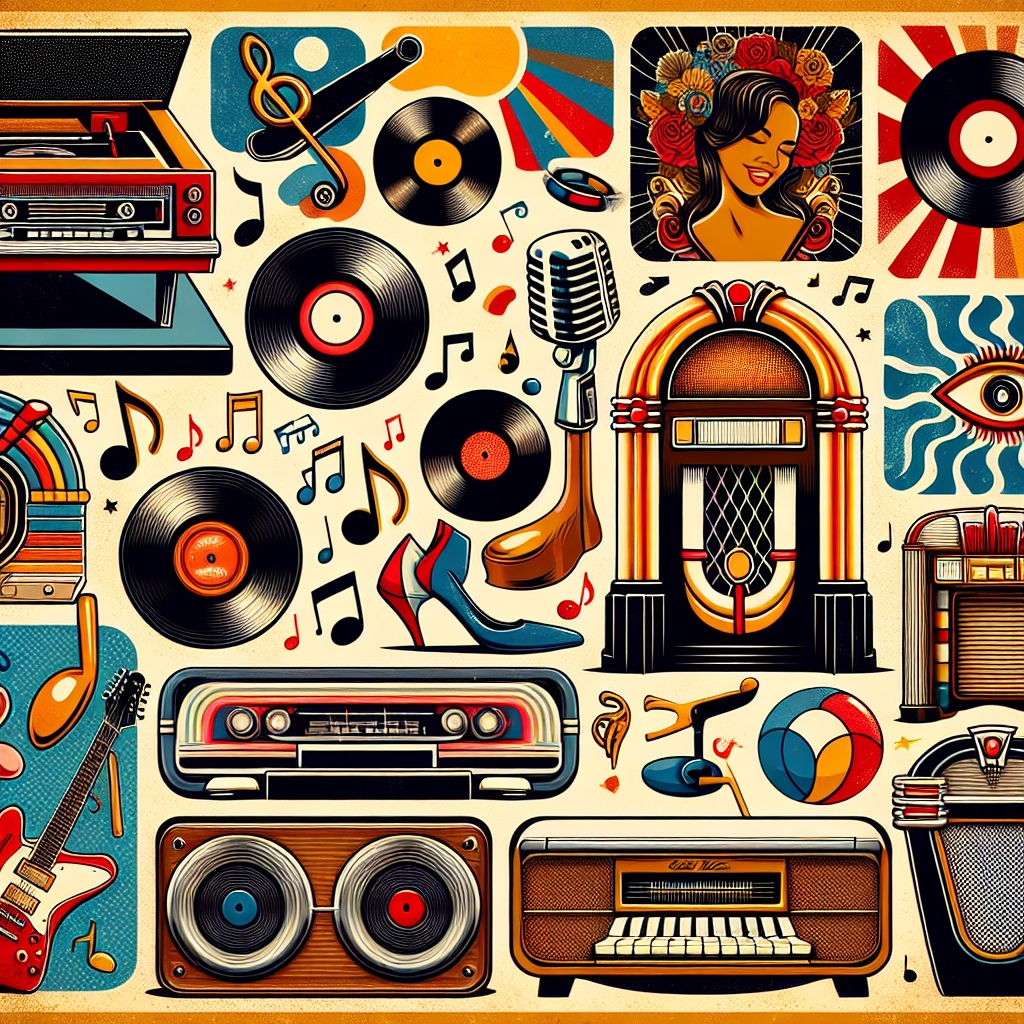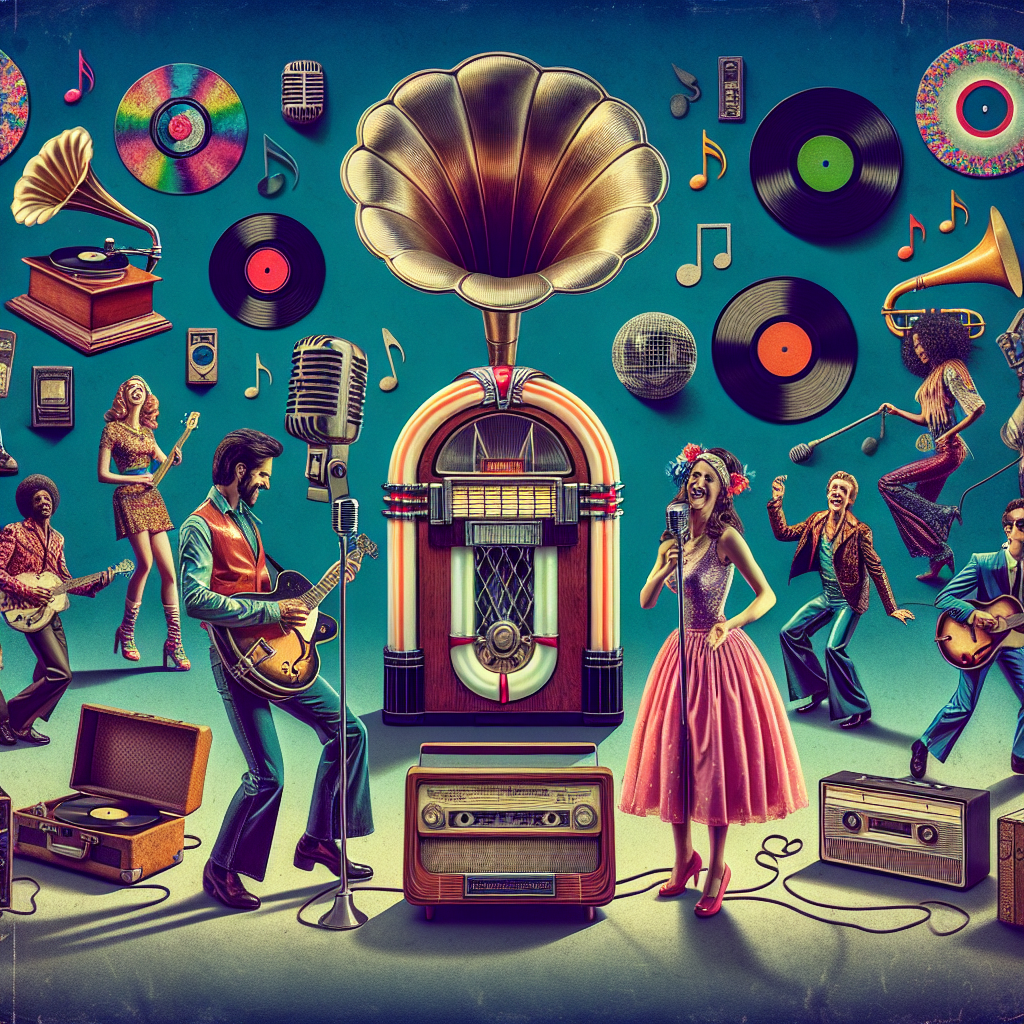When we think of the 50’s, 60’s, and 70’s, many iconic artists come to mind. From Elvis Presley to The Beatles, these musicians not only shaped the music of their time but also influenced culture, fashion, and even technology.
Music was at the forefront of this era, with artists like Elvis Presley revolutionizing the industry. His unique blend of rock and roll, country, and blues created a sound that captured the hearts of millions. Songs like “Heartbreak Hotel” and “Hound Dog” became instant classics and solidified his place as the King of Rock and Roll.
The Beatles also made a significant impact on music during this time. Their catchy melodies, innovative songwriting, and charismatic personalities propelled them to superstardom. Hits like “Hey Jude” and “Let It Be” are still beloved by fans today.
But these artists did more than just make great music – they also influenced culture in profound ways. The rebellious spirit of rock and roll embodied by Elvis Presley challenged societal norms and paved the way for future generations of musicians to express themselves freely.
Similarly, The Beatles’ message of love and peace resonated with a generation that was grappling with social upheaval and political unrest. Their music became an anthem for those seeking change and unity in a turbulent world.
Politicians also took notice of the power of music during this time. Artists like Bob Dylan used their platform to speak out against war, injustice, and inequality. Their lyrics sparked conversations about important issues and inspired people to take action.
In addition to influencing culture and politics, these artists also had a significant impact on fashion. Elvis Presley’s slicked-back hair, leather jackets, and jumpsuits became iconic symbols of rebellion and coolness. The Beatles’ shaggy haircuts, colorful suits, and round sunglasses set trends that are still emulated today.
Technology also played a role in shaping the music of this era. The invention of the electric guitar allowed artists to experiment with new sounds and push boundaries creatively. Advances in recording technology made it easier for musicians to produce high-quality albums that showcased their talent.
Overall, the 50’s, 60’s, and 70’s were a golden age for music that produced some of the most iconic artists in history. From Elvis Presley to The Beatles, these musicians not only entertained audiences but also left a lasting legacy that continues to inspire generations today.
